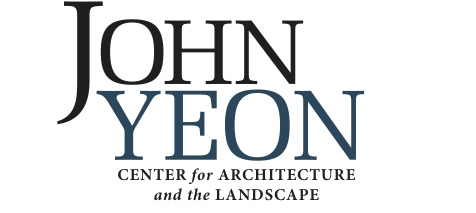Presented by UO John Yeon Center for Architecture and the Landscape and Portland Monthly
San Francisco and Portland: two cities undergoing dramatic change. The scale may differ, but the underlying economic drivers, both exciting and troublesome, are similar, from a tech boom to a housing crisis.
To Gil Kelley, the biggest difference between the cities is “intention.” San Francisco reacts; Portland plans. Kelley has long had a front-row seat in both regions, as chief planner for Berkeley, then Portland, and now overseeing long-range planning for San Francisco.
“San Francisco rarely contemplates what kind of city it wants to be when it grows up,” says Kelley. “It’s too busy just making that future in the moment, development project
by development project.” At the same time, he says, in everything from transportation to affordable housing, San Francisco can serve as laboratory from which Portland can learn. “Intentionality,” he adds, “goes to the core differences in the ‘DNA’ of these two cities and my best hopes for Portland.”
A Harvard Loeb Fellow, Kelley is an astute observer of cities and a strategic thinker who played key roles in shaping the Pearl District, West End and South Waterfront. Join longtime journalist and Yeon Center director Randy Gragg for an interview with Kelley on his work in San Francisco and his views on what Portland is doing well and, perhaps, is risking as it deals with a building boom that is both the largest in its history and, perhaps, the new normal.
6 pm, Monday March 7, 2016
Jimmy Mak’s Jazz Club
221 NW 10th Ave, Portland
Doors open 5:30 p.m.
Suggested admission: $10
Students with current ID welcomed for free.
RSVP: johnyeoncenter@uoregon.edu
Gil Kelley manages the development of long-range plans, urban design and planning policies for the City and County of San Francisco. As Director of Planning for the City of Portland, he created the City’s River Renaissance Initiative, a multi-agency project to revitalize the city’s waterfront and watershed system. His concept of the 20-minute neighborhood continues to shape much of Portland’s planning and development.
